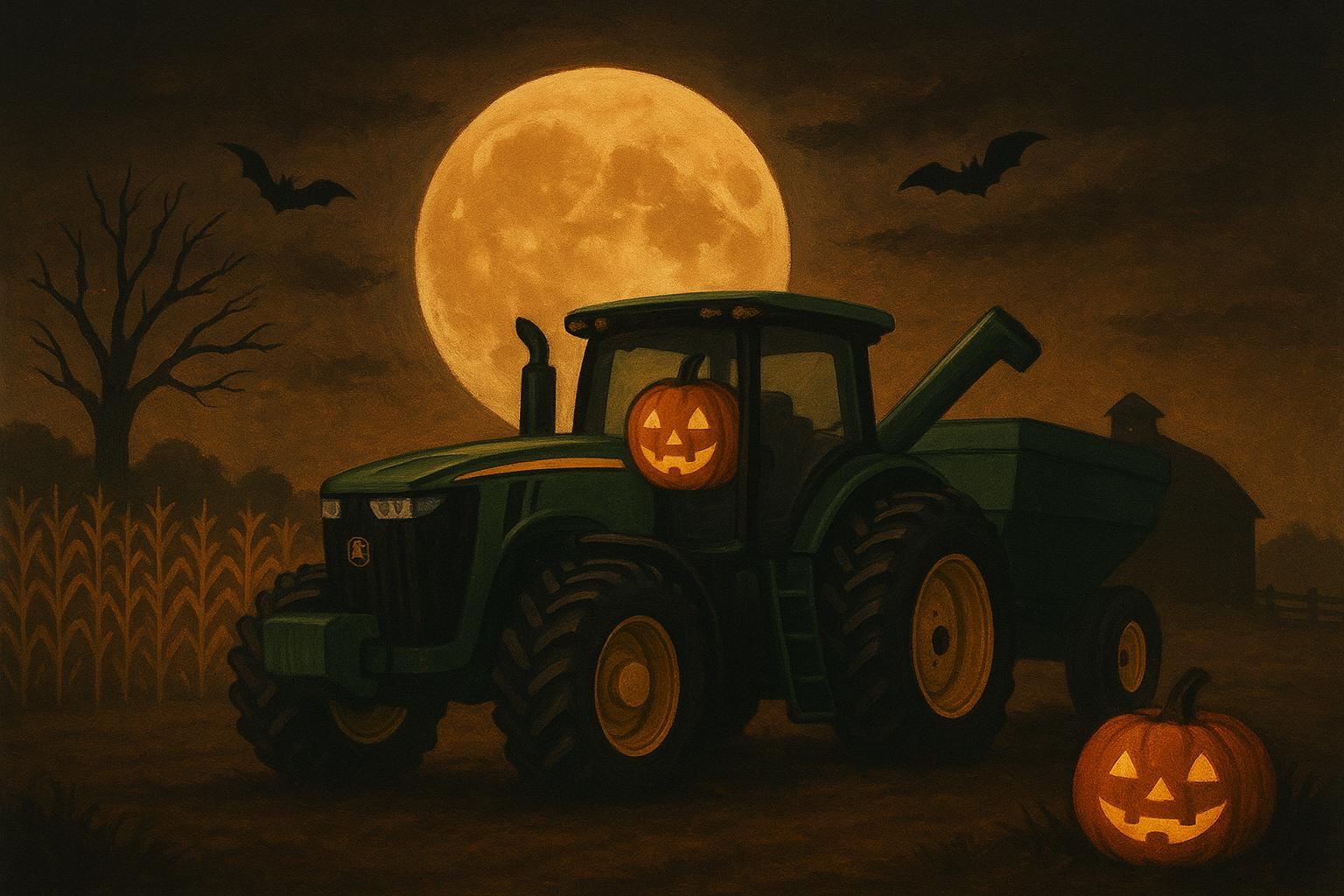Silage Chopping Season and Forage Harvesters: Safety and Service

Silage Chopping Season: Forage Harvesters, Technicians, and Safety in the Field
When late summer and fall roll around, many farms shift into high gear for silage chopping season and forage harvesters. This is when crops like corn, alfalfa, or sorghum are harvested and chopped into silage — high-energy feed that cattle will rely on throughout the year. At the center of this fast-paced season are self-propelled forage harvesters (SPFHs), massive machines built to chop, process, and move tons of forage every hour.
What Self-Propelled Forage Harvesters Do
Unlike a combine, which separates grain from stalks, a forage harvester’s job is all about cutting, chopping, and preserving the whole plant. These machines:
-
Cut standing crops quickly and evenly.
-
Chop forage into consistent particle sizes to aid cattle digestion.
-
Process corn kernels with a kernel processor, ensuring feed quality.
-
Blow chopped material into wagons or trucks that run alongside.
With their size and horsepower, SPFHs can keep a fleet of trucks moving nonstop. That’s why harvest season is often described as a race against time — crops must be harvested at just the right stage for nutrition and fermentation. For farmers, silage chopping season and forage harvesters are inseparable, since the timing and performance of these machines directly affect feed quality for the year ahead.
The Role of Technicians During Chopping Season
Behind the scenes, technicians play a vital role in keeping these machines running. Because SPFHs are pushed to their limits during silage season, downtime can be costly. Technicians focus on:
-
Knife and shear bar adjustments to maintain sharp cuts and efficient processing.
-
Kernel processor inspections to ensure feed quality and reduce waste.
-
Hydraulic and electronic system checks, since modern forage harvesters are highly computerized.
-
Preventative maintenance like greasing, bearing checks, and belt replacements.
In many cases, technicians work long hours in the field, moving from farm to farm to keep machines running. Their expertise is the difference between a smooth harvest and costly breakdowns. During silage chopping season and forage harvesters’ peak use, having skilled technicians on call is critical to keeping things on schedule.
Safety Around Forage Harvesters
With power and speed comes risk, which is why safety is a top priority. Forage harvesters can process tons of material per hour — and they won’t slow down for clothing, tools, or hands. Key safety reminders include:
-
Never approach a running machine — shut it down completely before inspection or adjustment.
-
Stay clear of moving trucks and wagons that work alongside the harvester.
-
Watch for knives and rotating parts, which remain dangerous even after power is cut.
-
Use proper protective gear — gloves, hearing protection, and safety glasses.
-
Communicate clearly with operators when entering the work zone.
Farmers, operators, and technicians all share responsibility for keeping harvest safe. A few minutes of caution can prevent serious accidents.
The Bigger Picture
Silage chopping season and forage harvesters represent more than just a harvest — they highlight a coordinated effort between farmers, machine operators, trucking crews, and technicians. The machines make it possible, but it’s the people who maintain, operate, and respect them that keep the season running smoothly.


